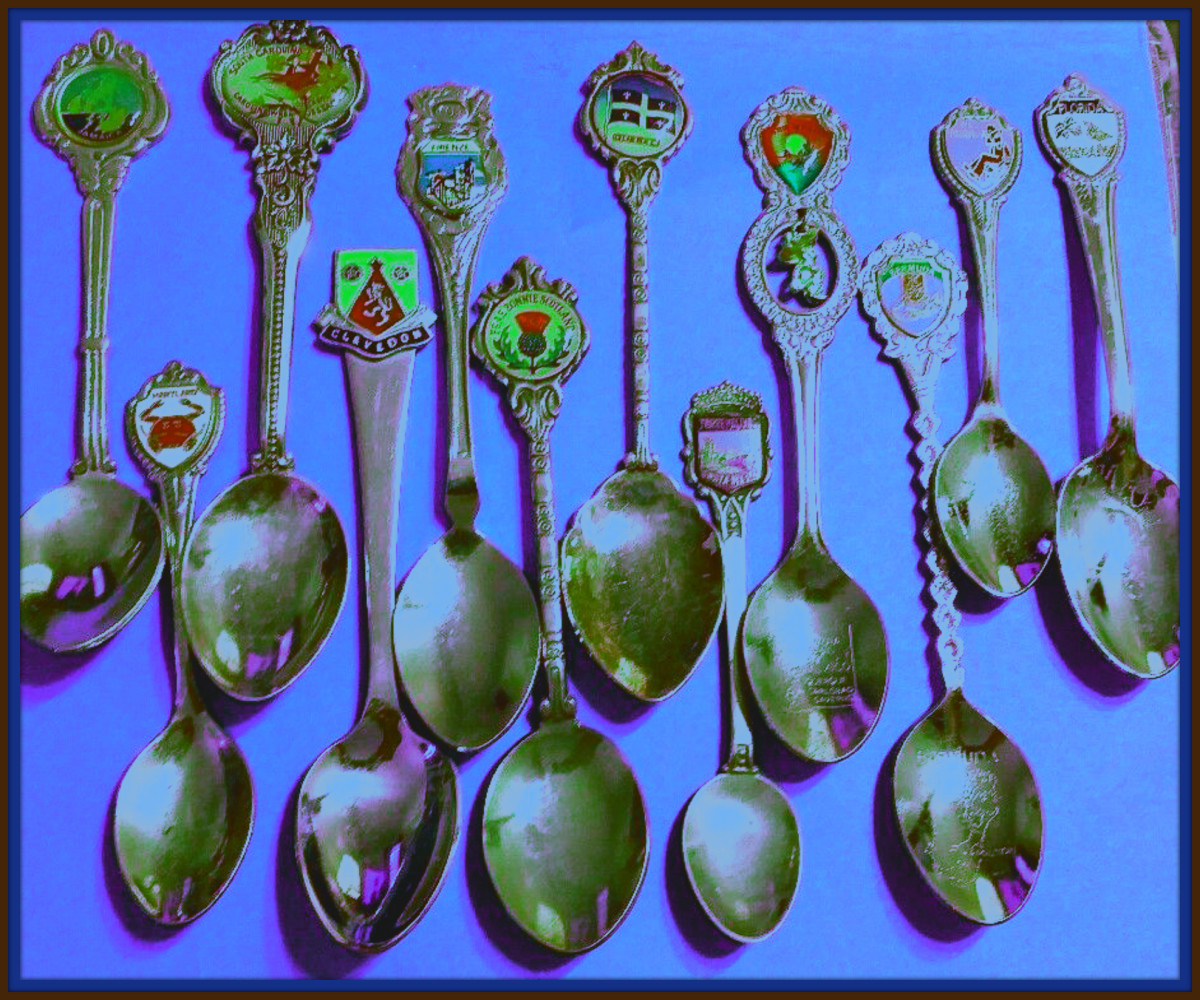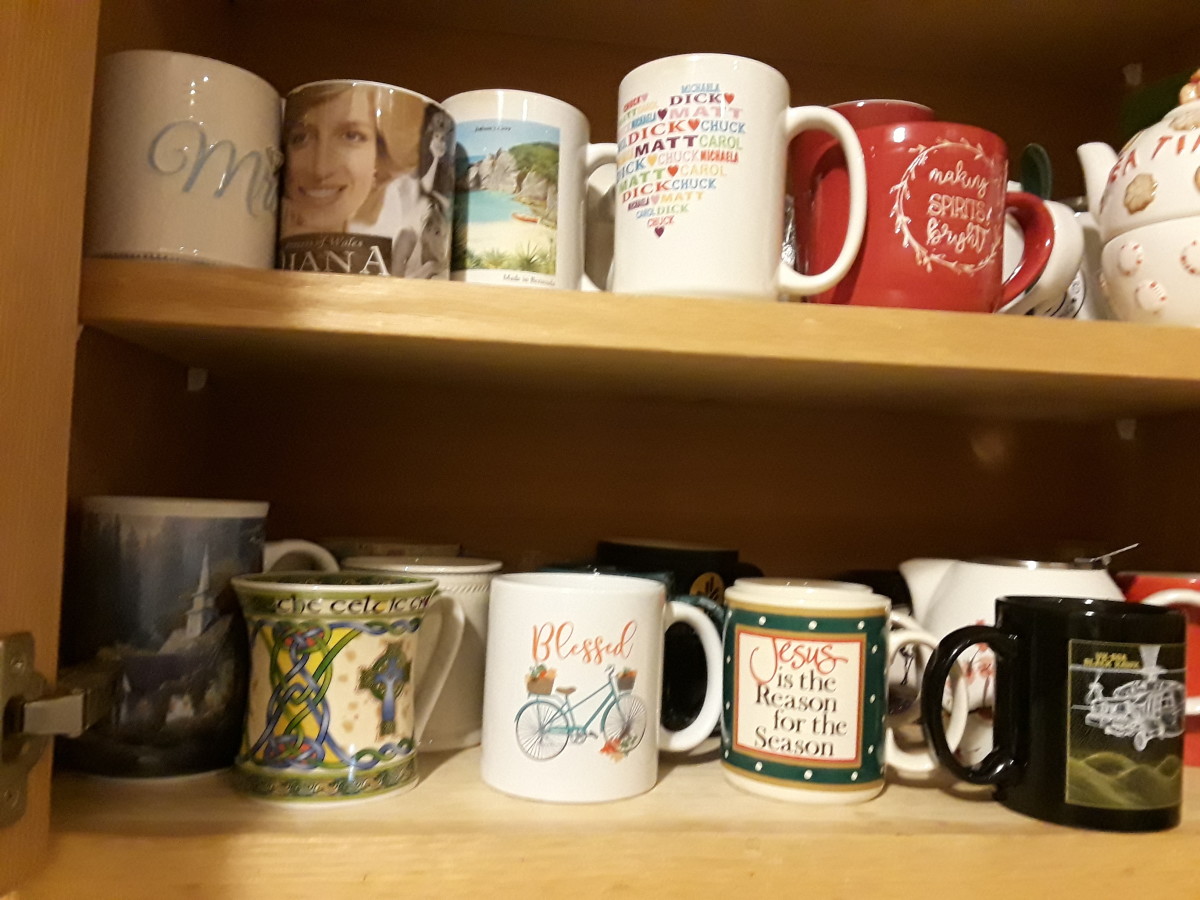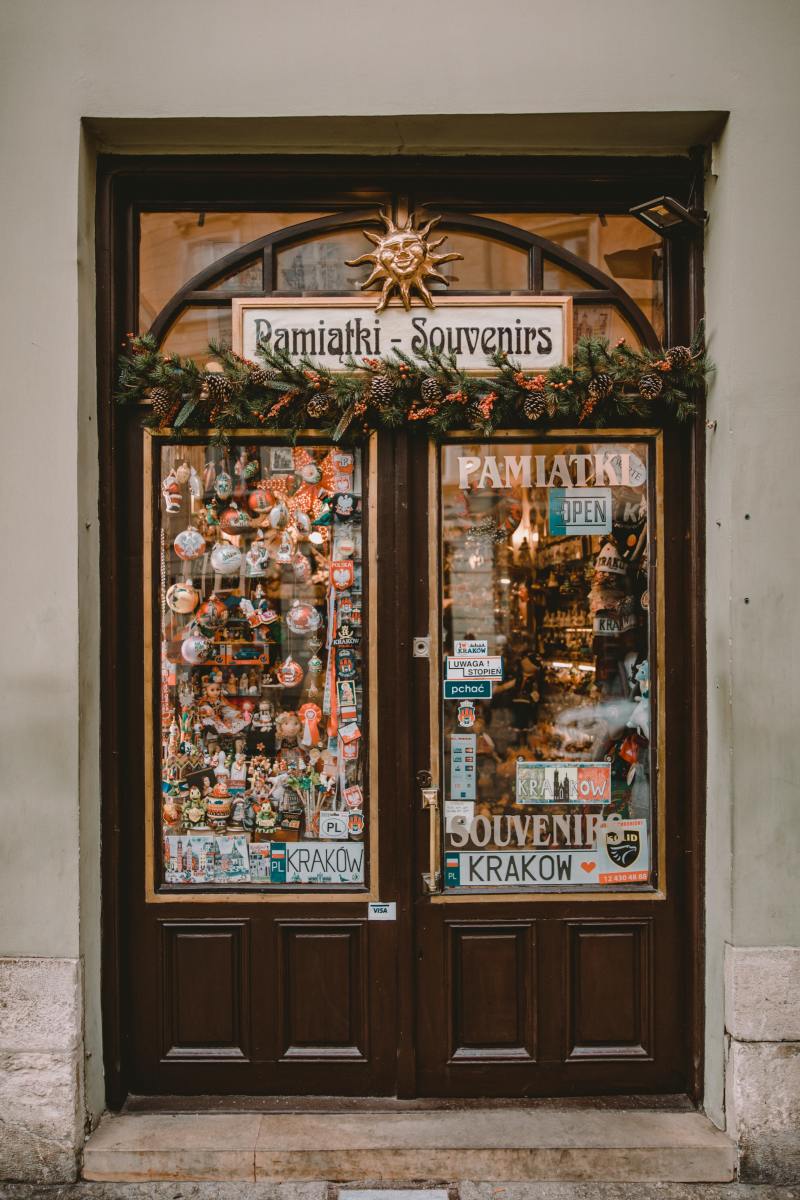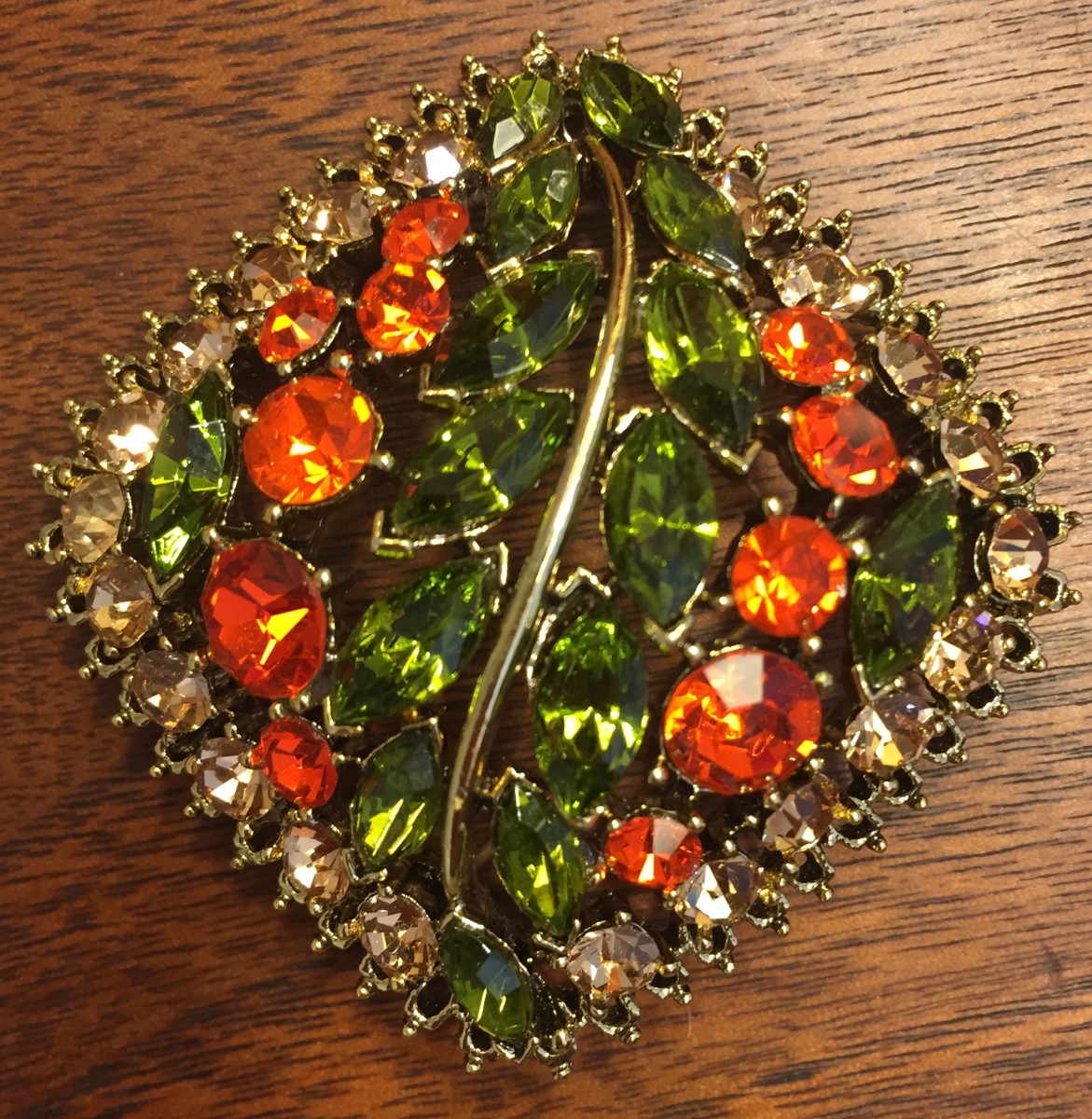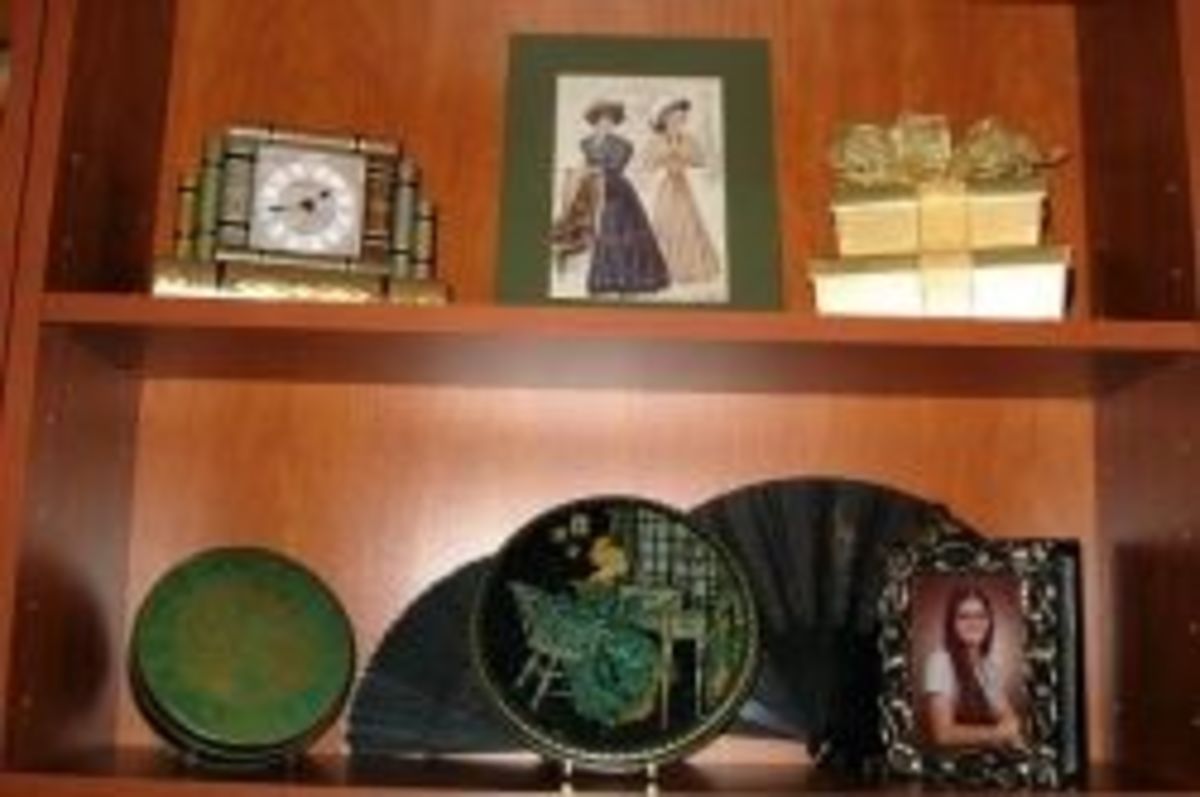International Souvenirs - History, Facts, and Quiz!

Travel Souvenirs Over the Ages
"Souvenir" comes from the French word for memory. When you collect souvenirs you are, in effect, collecting memories - either those you've had and hope to keep forever, or those that are just waiting to be made. International souvenir collecting is a hobby that looks to the past and the future, because you can save souvenirs from places you've already been or collect souvenirs depicting locations that you hope to visit one day.
Of course, souvenir collecting has its own past; it has been a popular pastime for thousands of years. As early as 330 BC, Alexander the Great was so committed to bringing souvenirs home from the ancient Persian capital of Persepolis that he put three thousand camels and mules to work transporting them! Today, souvenir collecting is so easy and accessible that you can start your collection without the aid of any camels at all.
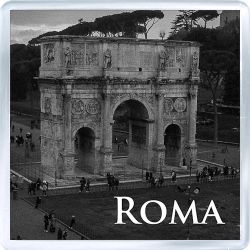
Souvenir Collecting in the Ancient World
Souvenir collecting became a popular pastime thousands of years ago. Tourism is not a new phenomenon; as early as AD 122, Hadrian's Wall was a popular tourist destination! Roman pans depicting the structure have been discovered as far afield as Wiltshire, Staffordshire, and Amiens. People on voyages and religious pilgrimages would often try to keep a piece of famous statues, landmarks, and religious sites that they visited. This practice, of course, damaged valuable property, so craftsmen began meeting the demand by making miniatures of famous sights. This appeased the travelers, and the souvenir industry was born. Miniatures from ancient Roman landmarks produced over a large span of time have been discovered throughout Europe.
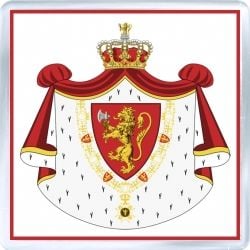
Medieval Souvenir Collections
The practice of the religious pilgrimage became increasingly widespread as Christianity spread throughout Europe in the medieval period. One of the most famous works of English literature, Geoffrey Chaucer's The Canterbury Tales, depicts a group of pilgrims on their way to the Canterbury Cathedral, the site of the martyrdom of Thomas Becket, who was canonized in 1174. Making long voyages at a time when travel was difficult and even dangerous was a source of pride for many pilgrims, who otherwise might never have traveled farther than a few kilometers from the places where they were born. For this reason, souvenirs such as pilgrim badges were prized possessions. Made of pewter or lead, pilgrim badges depict saints or religious sites, and can be affixed to a pilgrim's clothing. They were most popular between 1350 AD and 1450 AD, and are now considered to be historical artifacts. Like modern-day souvenirs, pilgrim badges both commemorated journeys taken and inspired the hope of another trip in the future.
Did you know that...
- ...the first souvenir spoon to be created in the United States of America was produced in 1890 by Galt & Bros., Inc. of Washington D.C and featured the profile of George Washington? The 'Salem Witch' spoons created by Daniel Low the following year, however, really popularized the collection of souvenir spoons in the United States.
- ...although the Scottish people have utilized heather for thousands of years, it was the Victorians who popularized its reputation for being lucky. Queen Victoria herself wrote about her renowned servant, Mr. Brown, who "espied a piece of white heather, and jumped off to pick it. No Highlander would pass by it without picking it, for it was considered to bring good luck." The luck attached to this white heather may be due to its relative rarity, similar to that associated with the four-leaf clover for other Celts. Whatever the origin, the lucky heather adorns many souvenirs from Scotland.
- ...the most expensive souvenir was a bank note with a face value of £1 million that was sold at auction in London for £78,300. The bank note, however, had no legal value! It was merely a replica of the eight Marshall Plan £1 million bank notes distributed after World War Two, which a secretary kept as a souvenir.
Global Travel and Souvenir Collecting Today
Today, it is easier than ever to travel the world. Improvements to technology, a growing middle class, and growing worldwide infrastructure have opened the world of tourism to more people than ever before. In fact, between 1950 and 2002 the number of international tourist arrivals grew from 25 million to 715 million, as estimated by The World Tourism Organization. The number of tourists worldwide exceeded one billion in 2012. As people travel more, the souvenir industry grows. There is a larger variety of souvenirs available than in years past, and they are increasingly affordable and easy to ship to foreign lands. As more people amass souvenirs, souvenir collections inspire dreamers to plan their own voyages.
The Wide World of Souvenirs
With so many souvenirs available, collectors can choose between many kinds of keepsakes, from the very practical to the artistic and unique. Practical souvenirs, such as dishware or clothing, include items that are useful around the house and yet capture special memories. By finding practical souvenirs that represent places they've visited, travelers gain a useful new item that reminds them of the memories they made on holiday. Some of the most popular practical souvenirs are t-shirts, magnets, hats, and key rings.
http://www.world-wide-gifts.com/souvenirs/00002859-souvenir-plate-finland-map-of-finland/
Some souvenir collectors prefer to collect keepsakes and art, beautiful or unique items that have no practical use except to capture a memory or commemorate a trip. Keepsakes can really enhance the décor of private homes. Because they are so beautiful and so easy to display, keepsakes are often popular with artisans, homemakers, and hobbyists. Some examples of artistic keepsakes are framed photographs, books, souvenir plates, and local handcrafts.
http://www.world-wide-gifts.com/souvenirs/00002883-keychain-russia-saint-petersburg-ship-s-wheel/
Are you ready to check yourself?
10 questions quiz about souvenirs is waiting for you! Are you ready?
What do you think about collecting?
Do you collect any souvenirs?

